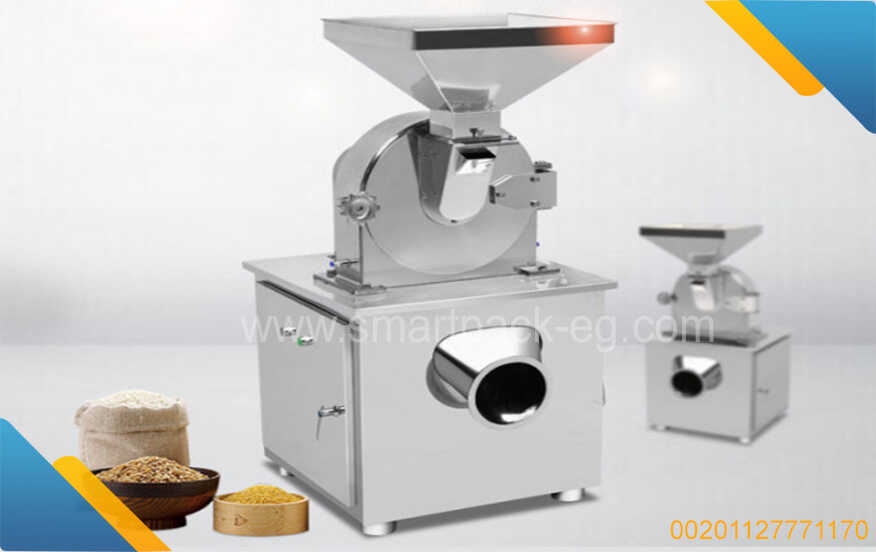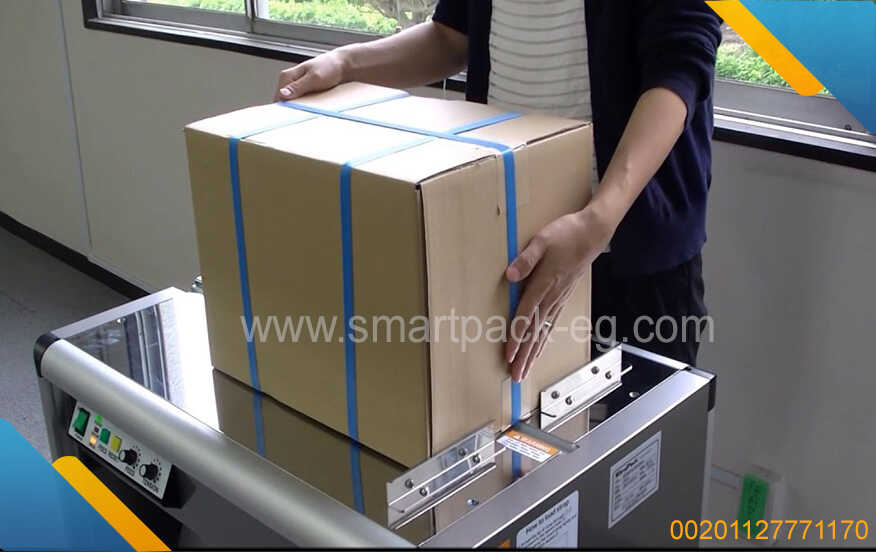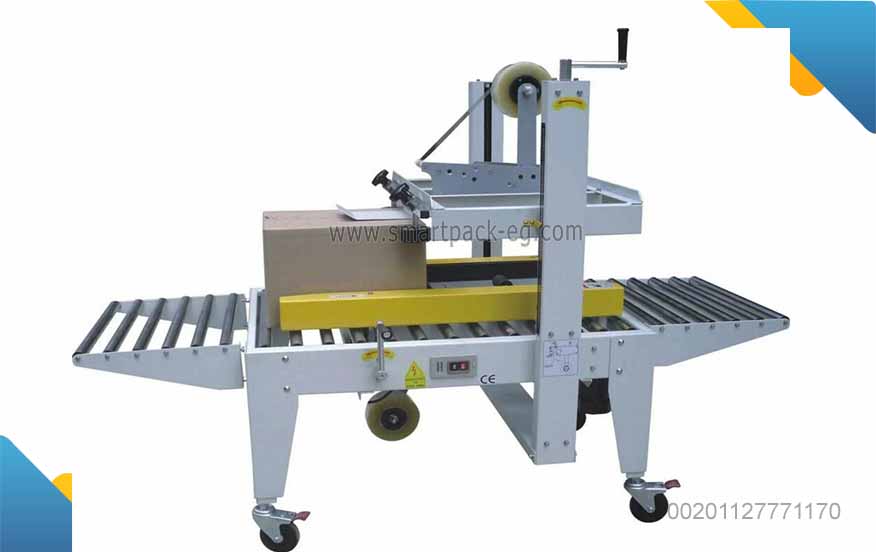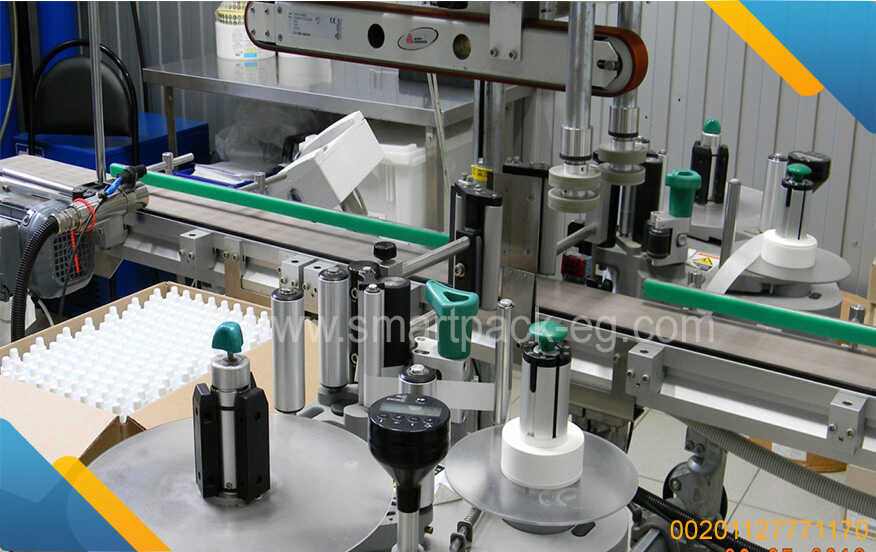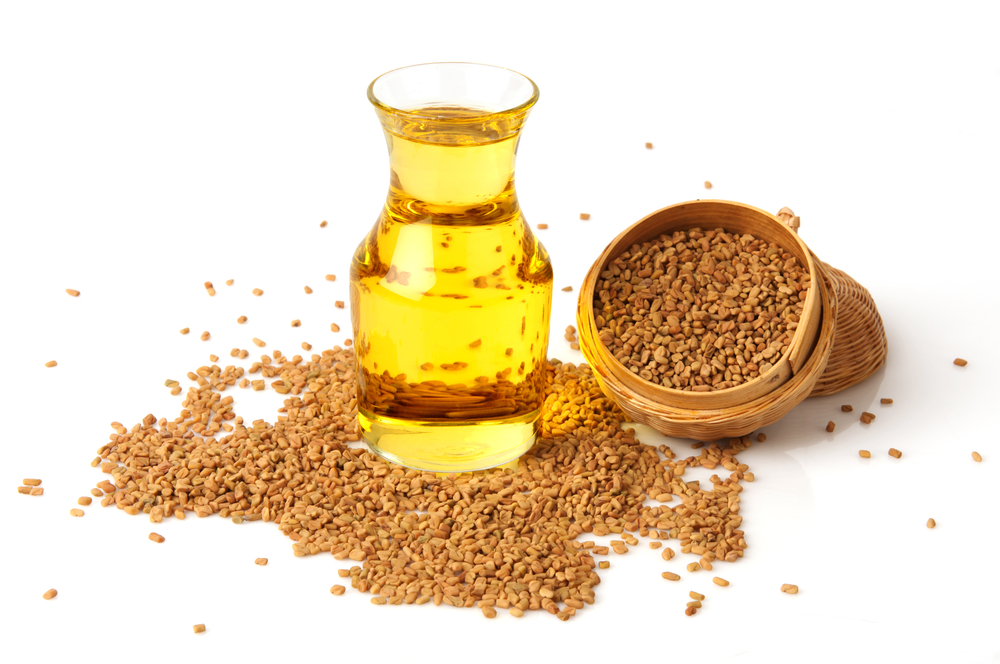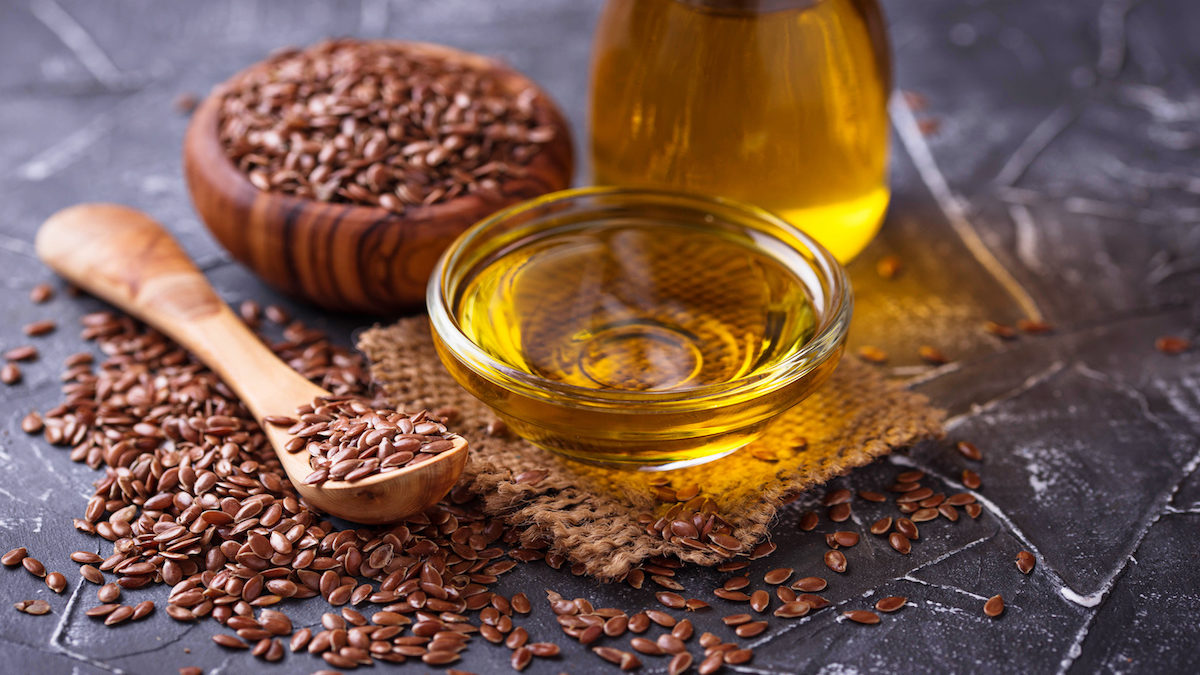How to Guide: Corn Oil Production and Filling Plant Machinery, Components, and Method
Introduction:
Corn oil is a widely used edible oil that is derived from corn kernels. The production of corn oil involves several steps, including extraction, refining, and packaging. To ensure efficient production and maintain high-quality standards, a corn oil production and filling plant requires advanced machinery and proper operational methods. In this guide, we will explore the machinery, components, and methods involved in corn oil production and filling.
- Corn Oil Extraction Machinery:
To extract oil from corn kernels, a corn oil extraction machine is required. This machine typically includes the following components and processes:
a. Corn Cleaning: The corn kernels are cleaned to remove dust, stones, and other impurities. This is achieved using a vibrating sieve or an airflow cleaning machine.
b. Corn Degermination: The corn goes through a degerminator to remove the germ, which contains a high concentration of oil.
c. Corn Germ Cooking: The separated corn germ is then cooked in a steam cooker to increase the oil yield and facilitate extraction.
d. Solvent Extraction: The cooked corn germ is subjected to solvent extraction using hexane or other food-grade solvents. This process helps dissolve the oil from the corn germ.
e. Desolventization: After extraction, the solvent is removed from the oil through a process called desolventization. This can be achieved by heating the oil in a distillation tower.
- Corn Oil Refining Machinery:
Refining is a crucial step in the production of high-quality corn oil. The refining machinery involves the following processes:
a. Degumming: The extracted corn oil contains impurities, such as phospholipids. To remove these impurities, the oil is mixed with water and then heated. The resulting mixture is centrifuged to separate the gums.
b. Neutralization: The degummed oil is treated with a caustic soda solution to neutralize any free fatty acids that may be present. This process helps improve the oil's color and taste.
c. Bleaching: To remove pigments and other unwanted substances, the neutralized oil is mixed with adsorbent materials such as activated clay or activated carbon. The mixture is then filtered to obtain clear and pure oil.
d. Deodorization: The oil is heated under a vacuum to remove any odorous compounds. This process helps enhance the oil's flavor and stability.
- Corn Oil Filling Equipment:
Once the corn oil is refined, it needs to be properly packaged. The corn oil filling plant machinery typically includes the following components:
a. Filling Machine: This machine is used to accurately measure and fill the corn oil into containers. It can be an automatic liquid filling machine equipped with a conveyor belt for efficiency.
b. Capping Machine: After filling, the containers need to be tightly sealed. A capping machine is used to apply caps or lids securely.
c. Labeling Machine: To provide essential product information and branding, a labeling machine applies adhesive labels to the containers.
d. Packaging Machine: The filled and labeled containers are then packaged using either shrink wrapping or carton packaging machines for bulk distribution.
- Operational Methods:
To ensure smooth operations in the production and filling plant, the following methods should be implemented:
a. Regular Maintenance: Machinery should be regularly inspected, cleaned, and serviced to prevent breakdowns and ensure optimal performance.
b. Quality Control: Regular quality checks should be conducted throughout the production process to ensure the oil meets the required standards.
c. Safety Measures: Adequate safety measures should be implemented to protect workers and prevent accidents. This includes proper training, wearing protective gear, and following safety protocols.
d. Efficient Workflow: Plan an efficient workflow to optimize the production process and minimize downtime. This involves proper scheduling, coordination, and task delegation.
Conclusion:
Corn oil production and filling plants require advanced machinery, proper components, and efficient methods to ensure high-quality oil and smooth operations. By following the steps outlined in this guide, you can establish a successful corn oil production and filling plant that meets industry standards and delivers superior products to your customers.

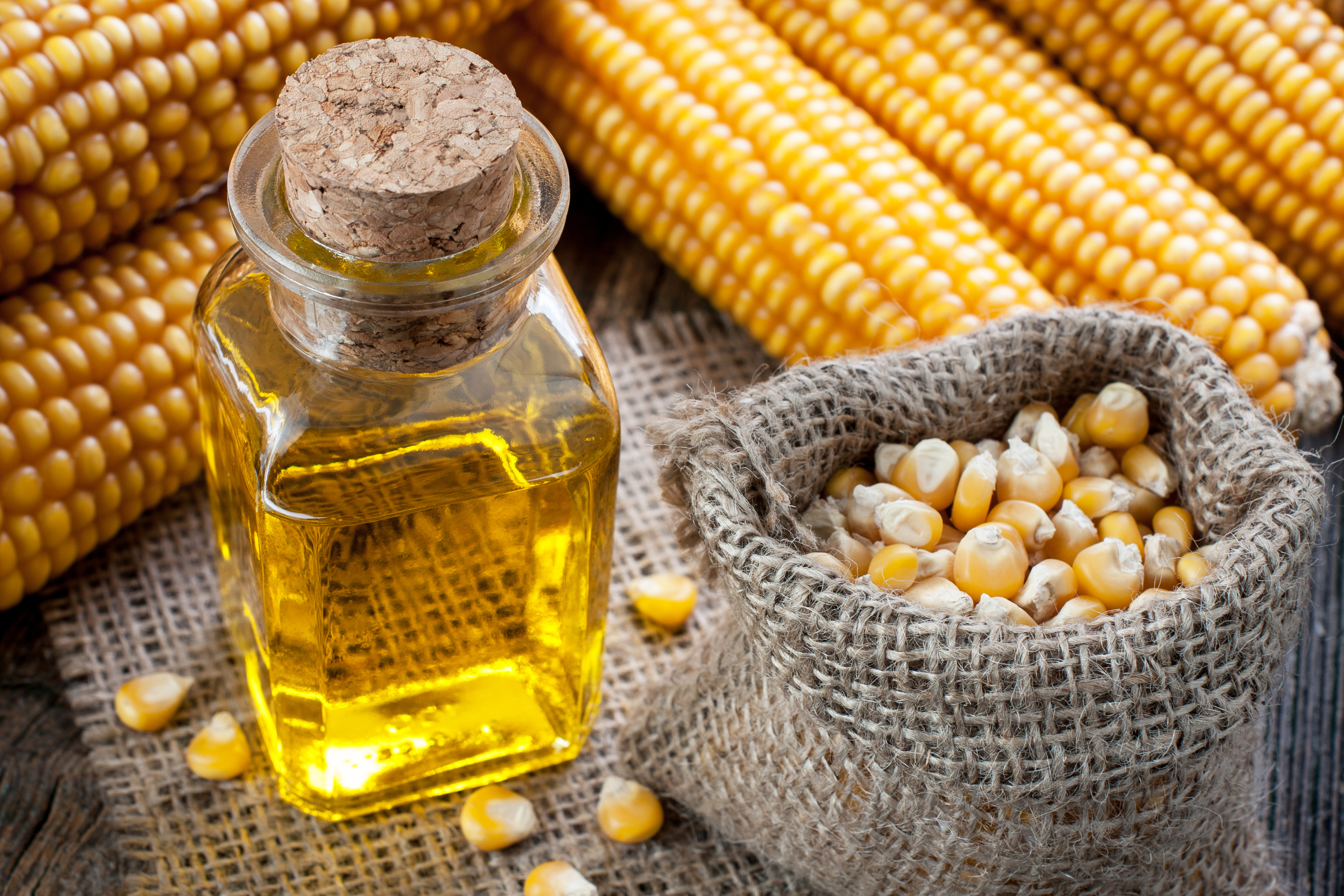
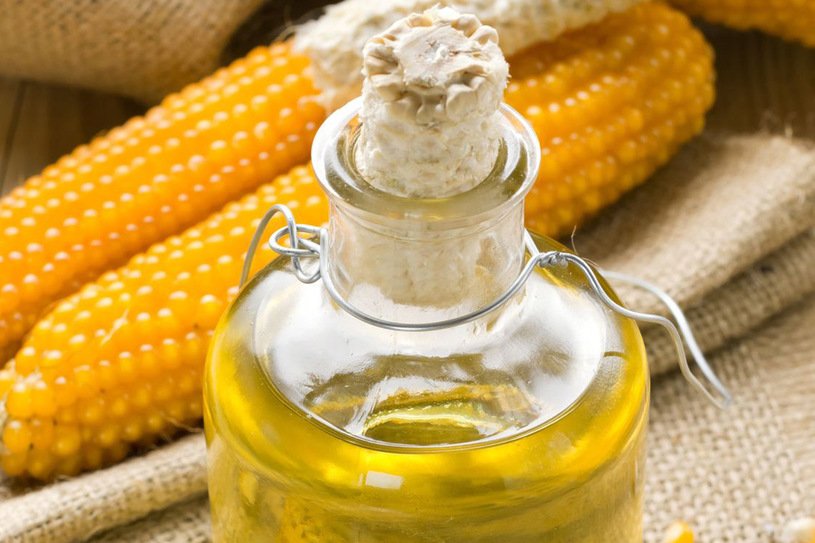
 Admin
Admin 